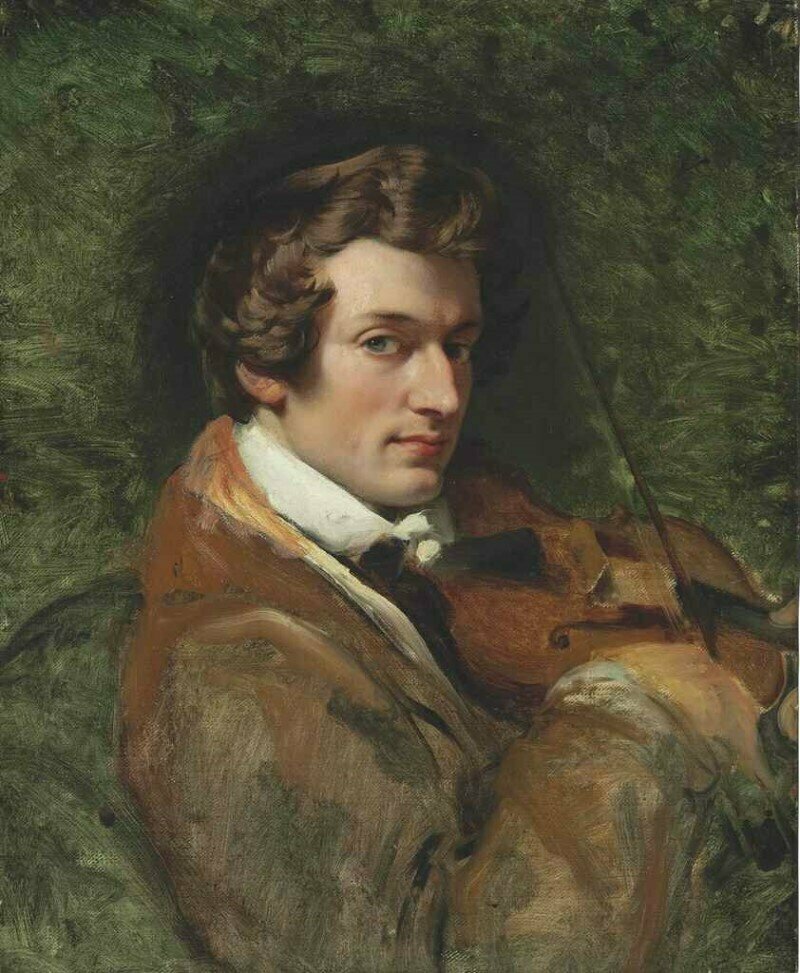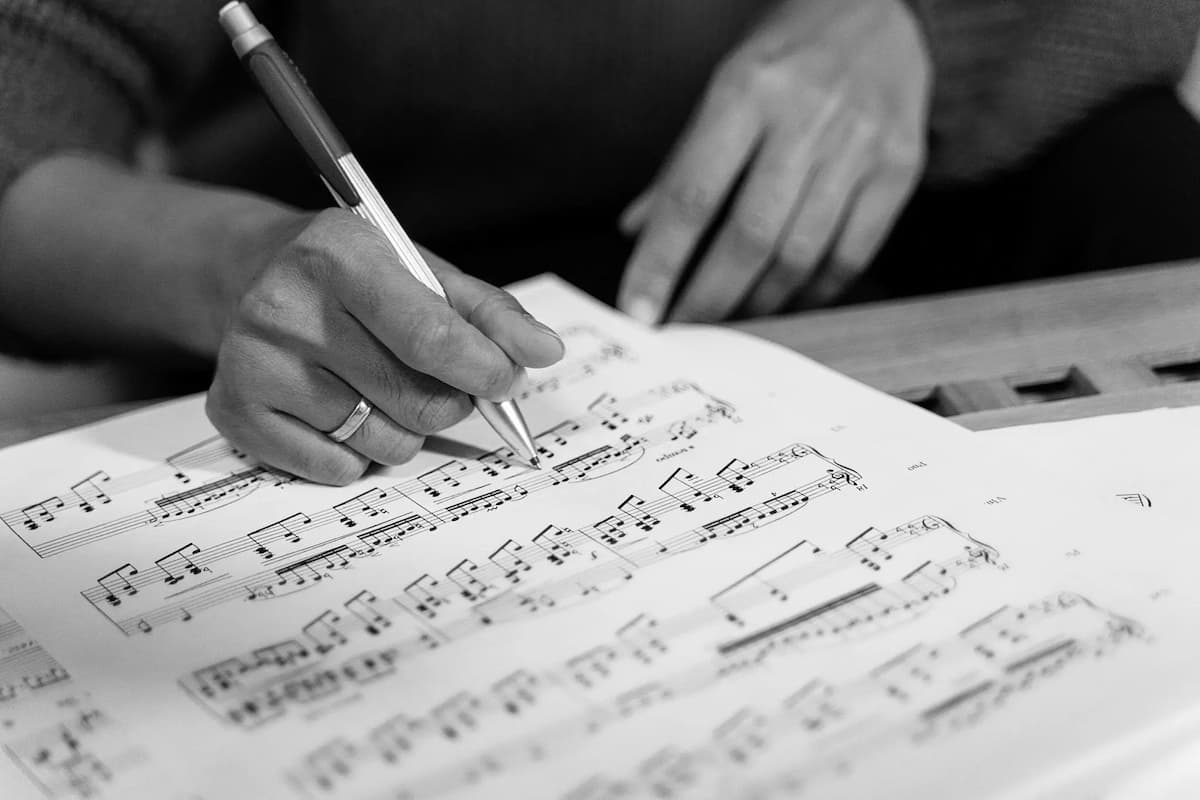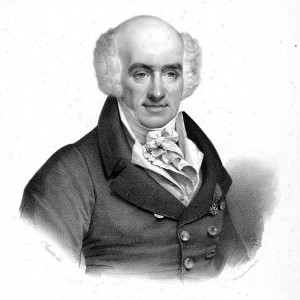
Giovanni Viotti
Credit: Wikipedia
Their common origins remain, nevertheless, perplexing – not the result of an ambition nor a project – apparently, just a succession of fortuitous events!
Giovanni Viotti (1755-1824), a student virtuoso with a rebellious streak, dropped his teacher on a whim, refusing to play second fiddle to international star Gaetano
Pugnani (1731-1798) who worked with J C Bach in London.
In the course of a hyperactive career, Viotti fell in and out of favour with French aristocrats, French revolutionaries and English aristocrats, before finally being granted British citizenship – only to ruin himself in an unsuccessful wine venture.

The Masonic Square and Compasses
Credit:
http://www.crystalinks.com/
Notable admirers Beethoven, Paganini and Brahms sought inspiration in his twenty nine violin concertos. And today, he gains belated recognition as the actual composer of the French revolutionary tune La Marseillaise, taken from his Theme and Variations in C major (1781), composed eleven years before rousing words were added by Rouget de Lisle (1792)!
Giovanni Viotti – Theme and Variations in C major [1781]
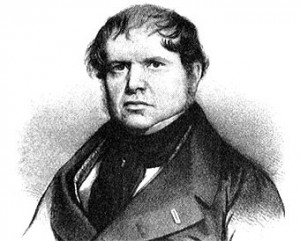
François-Joseph Fétis
Credit: https://www.biografiasyvidas.com/
In fact, it is impossible to accurately picture society and music during the XVIIIth century Enlightenment without acknowledging the overwhelming and accelerating impact of Freemasonry on all social strata. The establishment of “fraternal” associations, promoting Rationalism, Humanism and Internationalism, provided respite from the rigidities of absolute monarchy and the monopoly of Churches on metaphysical speculation. Even the ruling classes would encourage and protect these, as they gained a foothold in England (1717), France (1725), Russia (1732), Sweden (1735), Denmark (1743), Norway (1749), the Netherlands (1757), Germany (1770) and Austria (1777).
Their social calendars, punctuated by lavish ceremonies presided over by the highest orders of nobility, required ample musical accompaniment, thus allowing composers and performers to mingle with their patrons, receiving recognition, accolades and commissions for new pieces.
The masonic receptions Viotti attended at Versailles were graced by Monsieur – the brother of the King – and Marie-Antoinette; this was the delightful side of life that made all other considerations pale into insignificance!
J S Bach’s faith, and Beethoven’s temper were too strong to be sidetracked by such alternative social movements, and occasionally vicious attacks from jealous mediocraties were, for the most part, shrugged off.
Otherwise, Mozart, Haydn, Neefe, Cherubini, Boïeldieu and a majority of musicians basked in the cordial environment provided by masonic gatherings.
François-Adrien Boïeldieu – Le Caliphe de Baghdad- Ouverture
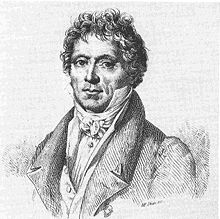
Anton Reicha
Credit: Wikipedia
Such was the case of multi-faceted prodigy François-Joseph Fétis (1784-1871), the first Belgian to join the creative ferment within the five year old Conservatoire. Initially admitted in 1800 as a teenaged composer, violinist, organist and pianist, he witnessed its adoption of the Viotti-inspired Violin Method (1802), read the groundbreaking study of J S Bach (1802) by the founder of musicology, Johann Nikolaus Forkel (1749-1818), and may have eyed the newly instated Prix de Rome for excellence in musical composition (1803). Fétis researched avidly, founded France’s first journal of classical music, la Revue Musicale (1827), and became one of the century’s most influential critics, musicologists, musical theorists and anthropologists. His study of violin-making with the foremost luthier, restorer and collector Jean-Baptiste Vuillaume (1798-1875), and biographies of Stradivarius and other musicians, are still authoritative, while his collection of exotic instruments forms the basis of Brussels’ Instrument Museum.
He led Belgian organist Jacques-Nicolas Lemmens (1823-1881) to study authentic Bach style with Silesian organist Adolf Friederich Hesse (1809-1863) whose novel all-Bach programmes and intricate pedal technique impressed audiences in Paris and London. From Hesse, Lemmens learnt the importance of legato singing style which he incorporated into a systematic organ method passed on to his students, legendary French organists Alexandre Guilmant (1837-1911) and Charles-Marie Widor (1844-1937).
François -Joseph Fétis – Symphonic Fantasy for Organ and Orchestra
Also ending up at the Conservatoire after years of wandering around war-torn Europe was Beethoven’s friend, Czech composer Anton Reicha (1770-1836) who taught Berlioz, Liszt and, more pertinently, the Belgian organist César Franck (1822-1890) who went on to train French organists Louis Vierne (1870-1937) and Charles Tournemire (1870-1939), and musicologist André Pirro (1869-1943); the latter’s “Esthetics of Bach” (1907) complemented the revivalist and conservationist efforts of organist Albert Schweitzer (1875-1965) and harpsichordist Wanda Landowska (1879-1959), following publication of Bach’s Complete Works by the Bach-Gesellschaft.
Thus, between 1800-1830, the Franco-Belgian violin and organ schools were born together, through random circumstances involving the same dynamic people, producing some of the greatest ever flowerings of musical talent.
César Franck – Sonate pour violon et piano – Thibaud Cortot 1929
César Frank – “Pièce Héroïque” – Marcel Dupré

